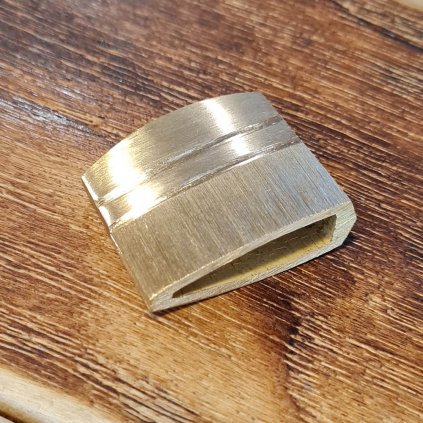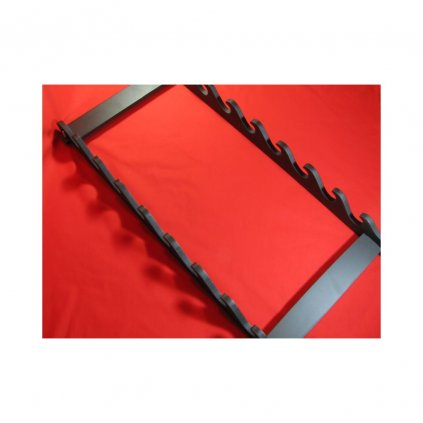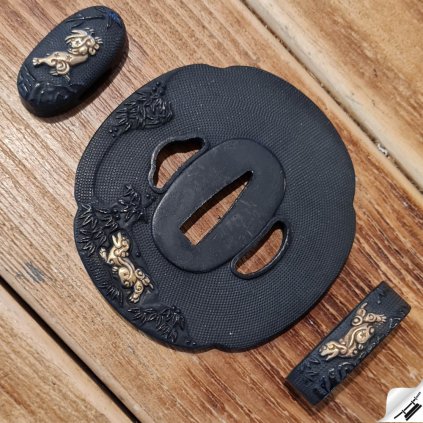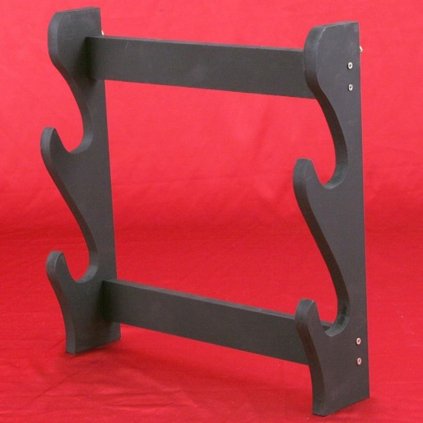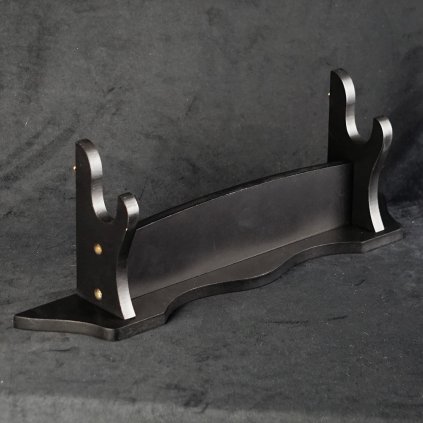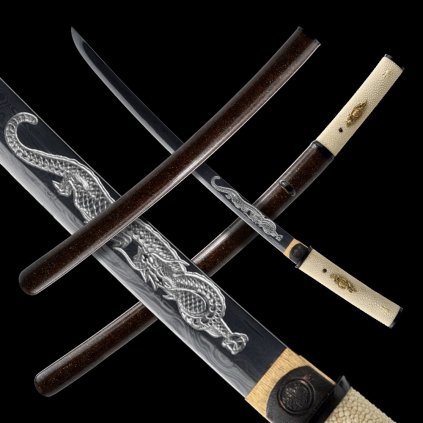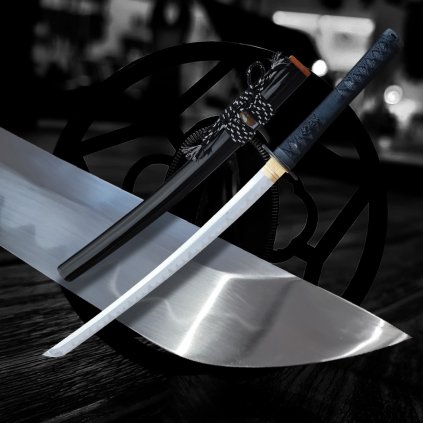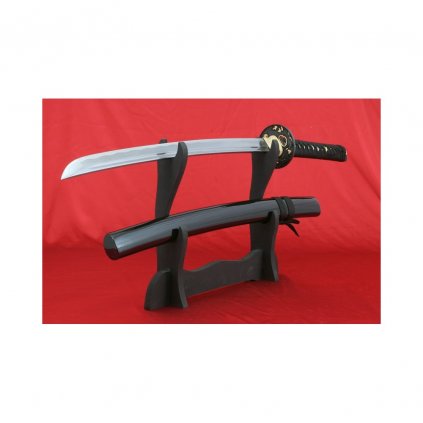Rakku Japanese Katana - T-10 Steel, Yokote - Suguha Hamon
Code: ST-58



Related products
Product detailed description
RAKKU Japanese Katana Sword T-10 Steel, Yokote, Real Suguha Hamon
Hand forged blade made of T-10 steel of the highest quality. The steel was laminated in the Maru monocomposite configuration - differentially hardened. T-10 carbon steel (1.1% carbon and 0.4% manganese) is very strong and holds its edge very well. The blade with the bo-hi groove has been hand polished with hazuya stone in the final stage - thus achieving an almost razor sharp edge and a mirror-like shine.
The distinctive real Suguha hamon is created according to ancient traditional methods, based on the many years of experience of the master blacksmith who spent several days making this beautiful weapon. Everything on this sword is individually made, including the saya and habaki, the highest quality components are used, including top quality saya lacquer, Japanese silk and real stingray leather of the highest quality. This is a top quality replica of a samurai sword, which is suitable for sect tests and can be disassembled into individual parts. This blade has been tried and tested to remove everything in its path ! Sori (blade curvature) is specially designed to achieve the finest and cleanest cuts possible. All of this combined with the choice of a traditional Koshirae forged ensures that you get the best in terms of appearance and functionality. The T-10 carbon steel has an impressive hardness of HRC 58 - the perfect combination of this hardness is underlined by the curvature of the Sori blade, which makes it easy to cut through tatami, straw mats or bamboo for tameshigiri. The full tang construction of this katana greatly increases the sword's power. The blade is of the shinogi-zukuri type, this type of blade has been produced since the 10th century AD. The tip of the ko kissaki sword with a true Diamond-Shaped Yokote, which is very well defined by the hamon running the entire length through the Boshi. Yokote is very important for the structural integrity of the sword tip. It helps to absorb shock, disperses force and contributes to the stability and strength of the sword during the so-called follow-through. This katana (samurai sword) is suitable for practical use, the company Dellinger however, the company disclaims any liability for injuries and damages resulting from use. Keep out of reach of children ! Any tampering with the samurai sword is your own responsibility. Don't forget you have a deadly weapon in your hands!
This is a highly crafted and fully functional replica of a samurai sword.
TECHNICAL DESCRIPTION:
- Total length of the sword - 103 cm
- Sword weight including sayi - 1350 g
- Bladelength (Nagasa) - 74,5 cm (including Habaki 2.6 cm)
- Blade type - Shinogi Zukuri
- Blade material - T-10 Hi-carbon steel, sanmai lamination, blade hardness (Hasaki) 58HRC
- Bladethickness (for Habaki) - 0.75 cm
- Blade height (for Habaki) - 3.2 cm
- Bladethickness (Kissaki) - 0.5 cm
- Bladeheight (Kissaki) - 2.3 cm
- Tiplength (long o Kissaki) - 6.5 cm
- Bladecurvature (Sori) - 2.2 cm
- Hamon - real, Suguha type
- Habaki - brass (length 2.6 cm)
-Koshirae : Tsuba - cast
- Tsuka - wooden core, covered with genuine stingray leather (Samegawa) with a silk black ITO wrap. Blade secured with 2 bamboo "mekugi" pins.
- Saya ( shell - cover) - made of hardwood - Japanese brown glossy lacquer - perfect handmade
Dellinger guarantee: Dellinger comes with a 100% satisfaction guarantee or risk-free money back guarantee. We guarantee an excellent product that will give you the best service. Each sword or katana is packaged in a deluxe sheath and can be a wise gift solution for a birthday, wedding or Christmas.
samurai sword warranty - examples of misuse
In general, these are all activities except for traditional chopping test techniques, which involve chopping into special mats.
- Cutting branches, trees and bushes: for this activity people have developed other tools such as axes or machetes.
• Chopping, or swordplay with another sword: destructive damage to the blade of a samurai sword - samurai avoided any direct contact with the enemy to avoid damaging the blade. The repair was long and expensive.
• Never wear a sharp samurai sword with the blade exposed in public: Always keep your sword in the Saye (scabbard). In Germany and other EU countries, this is even an obligation prescribed by gun law.
• Never insert a dirty blade into the Sayi: If you are performing chopping tests on fruit, clean and preserve the blade immediately after chopping, otherwise the blade will rust and oxidize.
• Never leave your sword in a damp place such as a porch, shed, cellar or conservatory: This is certainly not the treatment this traditional weapon deserves. Always clean the blade after use, brush with oil and store the sword in a dry place.
Additional parameters
| Category: | katana |
|---|---|
| Weight: | 0.22 kg |
| Stav: | new |


